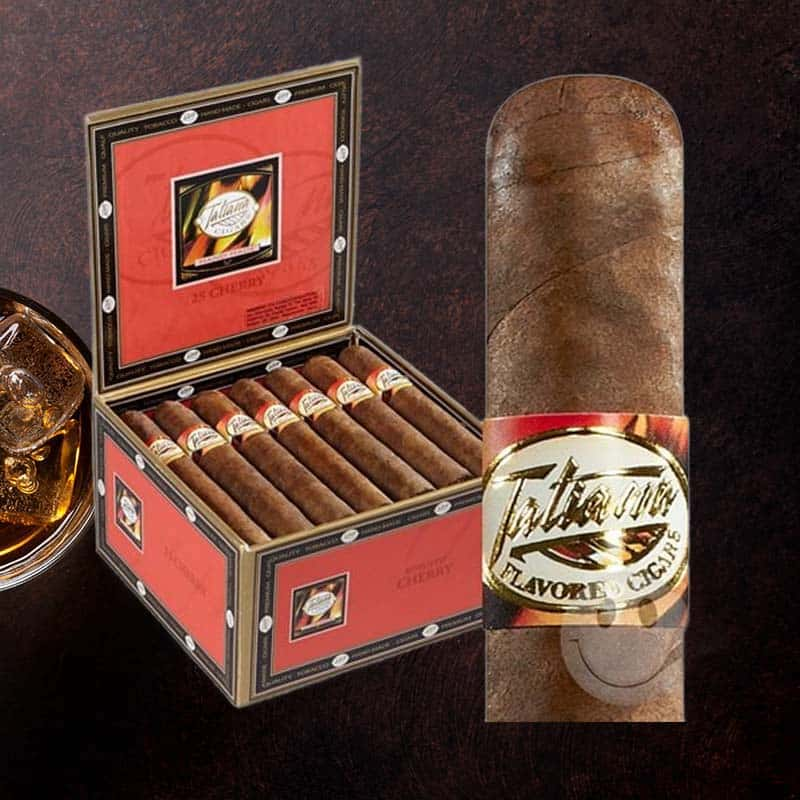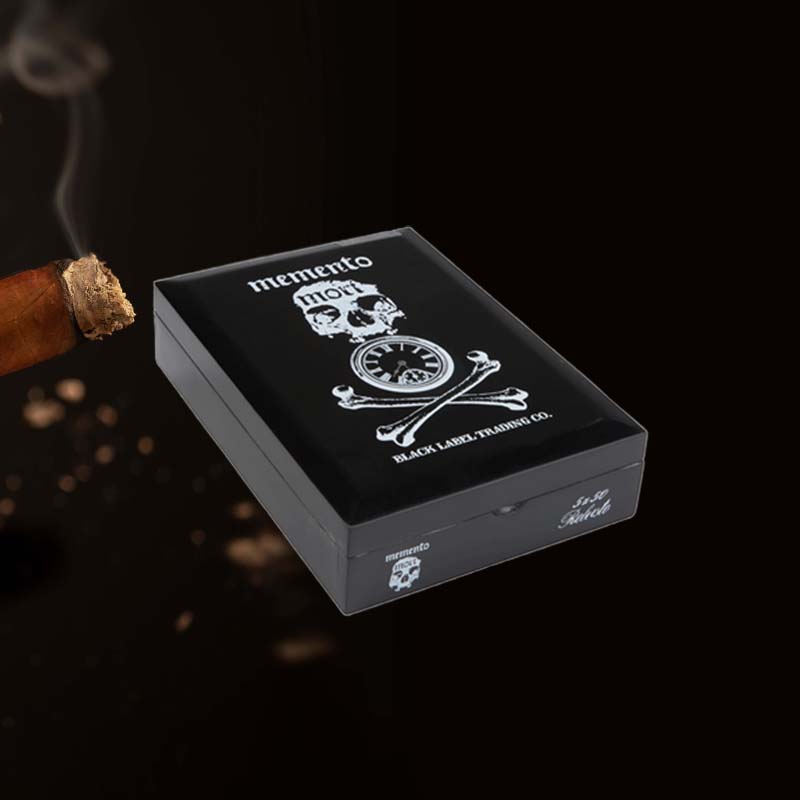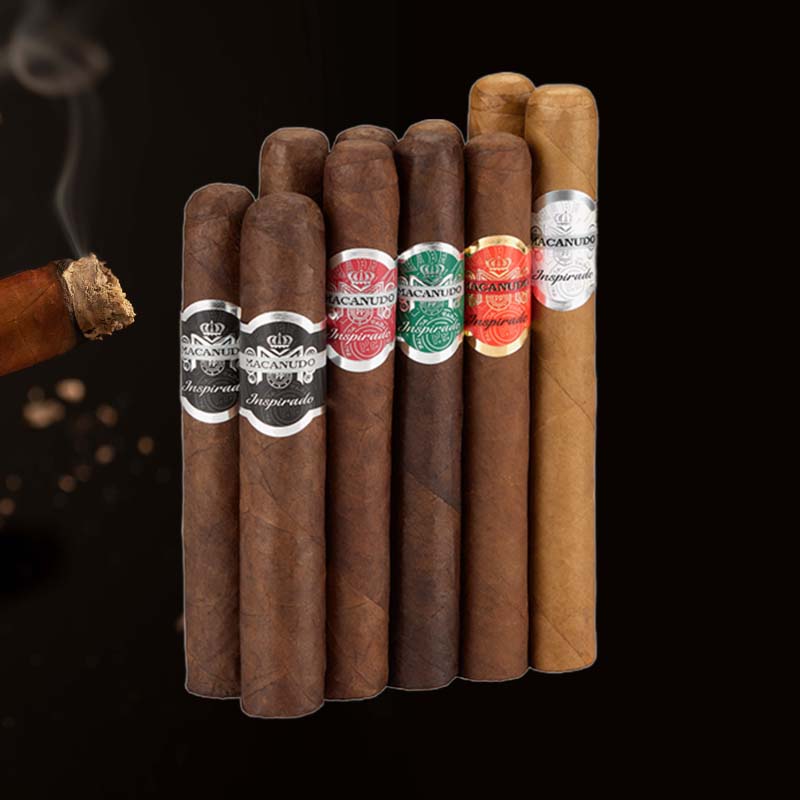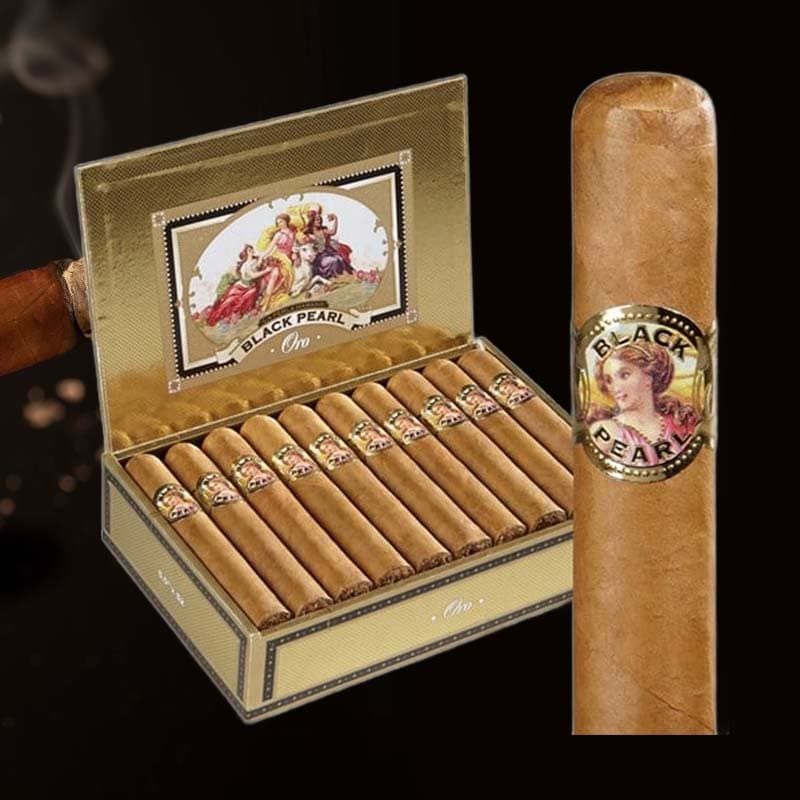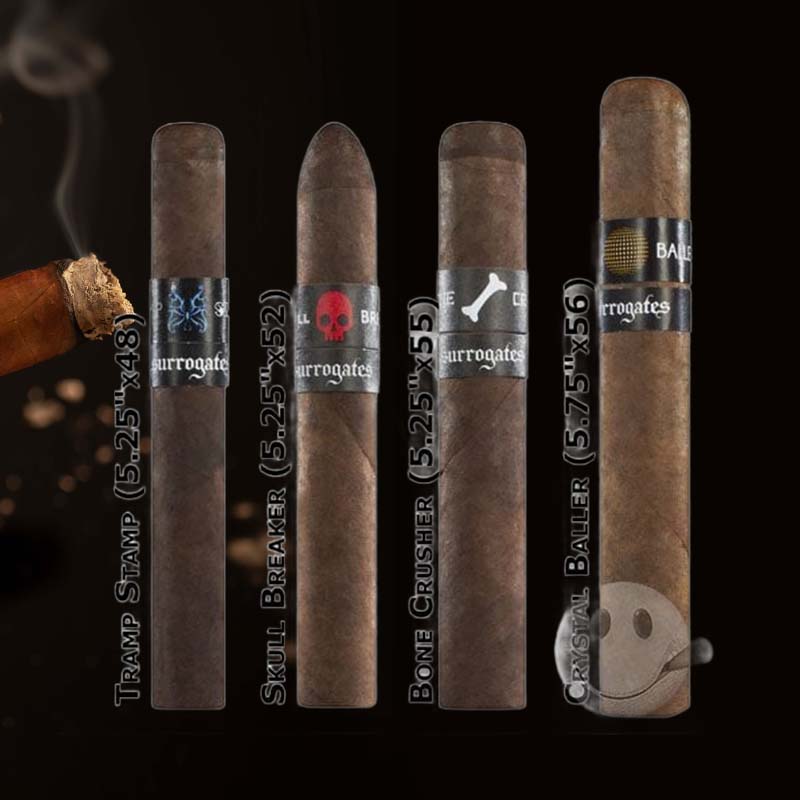Quality torch ligh
Have you ever been caught in the dark, fumbling for a reliable light source? I still remember that camping trip when our group found ourselves lost in the woods after sunset. With only a mediocre flashlight that barely illuminated the ground ahead, we quickly realized the value of a quality torch light. Ever since, I’ve made it my mission to explore the nuances of torch lights, ensuring that next time, we’d be prepared. Today, I’m excited to share everything I’ve learned with you.
Quality Torch Light Overview
When diving into the realm of torch lights, it’s essential to understand what defines quality. A good torch light not only provides illumination but also enhances safety, enjoyment, and functionality across various scenarios.
What to Consider When Choosing
- Usage Scenario: Consider whether you’ll need it for camping, daily use, or emergency kits.
- Brightness Needs: Determine how bright you want your torch to be.
- Weight and Portability: Ensure it’s easy to carry around.
- Battery Life: Look for a torch that can last through your needs.
- Durability: Choose materials that can withstand your lifestyle.
Key Features of Quality Torch Lights
Brightness and Lumens
Brightness is often measured in lumens. A quality torch light typically ranges from 100 to over 3000 lumens, depending on its intended use. I remember being amazed when I first used a 1000-lumen torch on a hiking trip; it transformed the surrounding darkness into broad daylight, revealing the beauty of my surroundings.
Different Types of Torch Lights
Handheld vs. Fixed Mount
The decision between handheld and fixed-mount torches can significantly impact usability. Handhelds provide flexibility, while fixed mounts are great for stationary tasks. For instance, I often use a fixed-mount torch while working on my vehicle at night—it provides consistent illumination, allowing for hands-free work.
Quality Torch Light Brands
Top Manufacturers in the Market
Some brands stand out in this arena, known for their innovation and reliability. Companies like Fenix, SureFire, and Olight have established themselves as leaders in producing top-notch torch lights. My personal favorite is Fenix for their blend of functionality and design.
How to Evaluate Quality in Torch Lights
Material Durability and Build Quality
A durable construction is crucial for long-term use. Look for torches made from aircraft-grade aluminum or sturdy plastics. I once owned a torch that could withstand drops, which came in handy during a clumsy moment while hiking!
Battery Life and Technology
Choosing the Right Battery Type
Battery life can make or break your experience with a torch light. Lithium-ion batteries are popular due to their longevity and rechargeability. On one occasion, my rechargeable lithium-ion torch lasted through an entire camping weekend without needing a charge, which was a blessing.
Understanding Lumens and Brightness
How Lumens Affect Usability
Higher lumens mean brighter lights, but not all situations require max brightness. For example, during a quiet evening stroll with friends, a 300-lumen torch is perfect for visibility without harsh glare.
Water Resistance Ratings
IP Ratings Explained
The Ingress Protection (IP) rating tells you how resistant a torch is to water and dust. A rating of IPX4 means it can withstand splashes, while IPX7 implies it’s waterproof up to 1 meter. I’ve had moments where my torch was splashed unexpectedly, and those ratings spared me from buying a new one!
Popular Uses for Quality Torch Lights
Camping and Outdoor Activities
Quality torch lights are indispensable in the great outdoors. Whether you’re setting up a tent at night or navigating a hiking path, having a reliable torch light can turn an ordinary camping experience into a safe adventure. Just last month, using my quality torch made all the difference while roasting marshmallows around the campfire.
Buying Guide for Quality Torch Lights
What to Look For Before Making a Purchase
- Identify your specific needs based on usage.
- Check the brightness level and lumens.
- Evaluate build quality and materials.
- Read reviews from fellow users.
- Consider the warranty and customer service.
Customer Reviews and Feedback
Understanding Real User Experiences
User reviews are invaluable. I frequently consult them before purchasing; they help me gauge the reliability and performance of a torch light. It’s great to hear from actual users who’ve experienced the product in real-life situations.
Maintenance Tips for Your Torch Light
Maximizing Lifespan and Performance
To keep your torch light in top shape, clean the lens regularly, replace batteries promptly, and store it in a cool, dry place. I’ve learned the hard way that neglect leads to dim lights when you least expect it!
When to Replace Your Torch Light
Signs that Indicate It’s Time for a New One
If you notice flickering, reduced brightness, or if the casing is damaged, it might be time to replace your torch. I had to replace one recently after it failed to hold a charge—a clear sign it had lived its life.
Conclusion: Investing in a Quality Torch Light
Investing in a quality torch light is more than just purchasing an item; it’s about ensuring safety and enjoyment in your adventures. Remember to evaluate your specific needs and consider all the factors mentioned. With the right torch light, you’re fully equipped to tackle the dark, wherever you find yourself.
FAQ
What is a good quality torch?
A good quality torch is durable, portable, offers adequate brightness (at least 300 lumens), and has a long battery life. Brand reputation also matters significantly in terms of reliability.
What is the highest quality flashlight?
The highest quality flashlights are often from reputable brands like SureFire and Fenix, known for their resilience, performance in extreme conditions, and innovation in technology.
How many lumens is a good torch?
A good torch typically ranges from 200 to 1000 lumens, depending on the intended use—more lumens are essential for outdoor activities or emergency purposes.
How many lumens should a good flashlight have?
A good flashlight should have at least 300 lumens for effective use in most scenarios, allowing for adequate visibility without overwhelming brightness.
